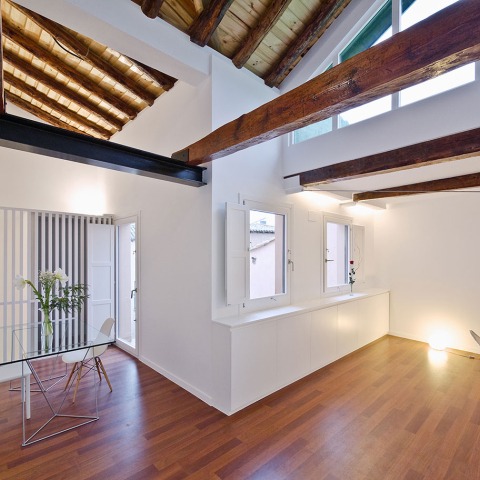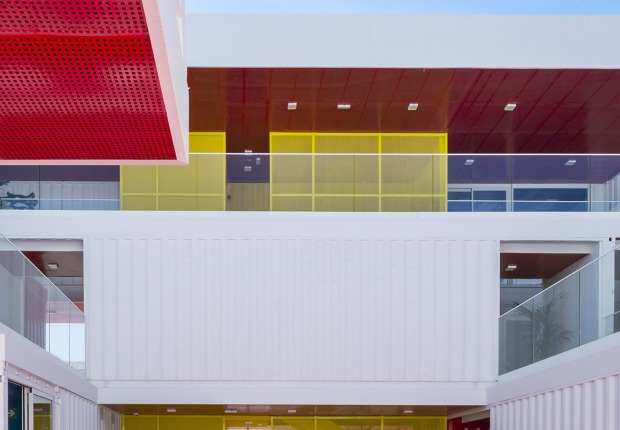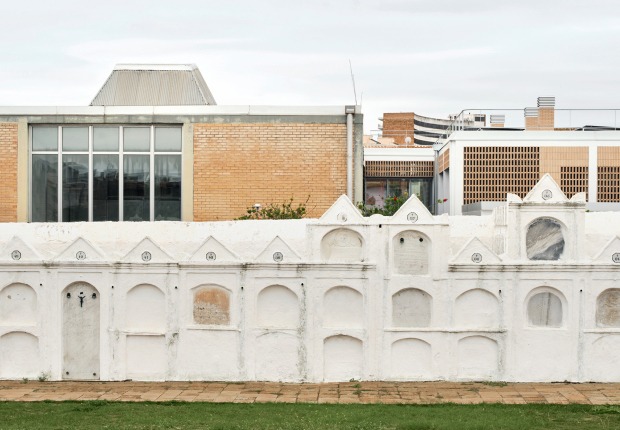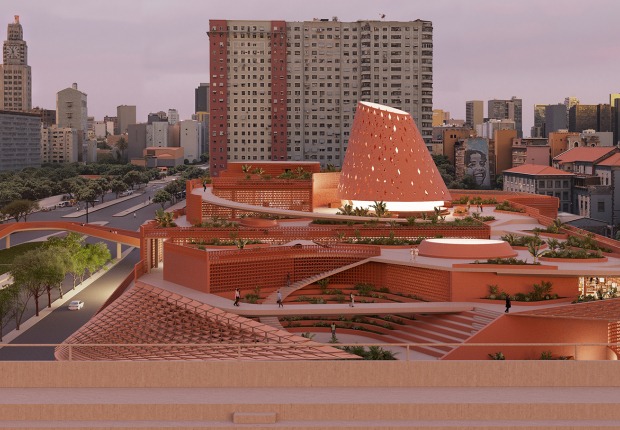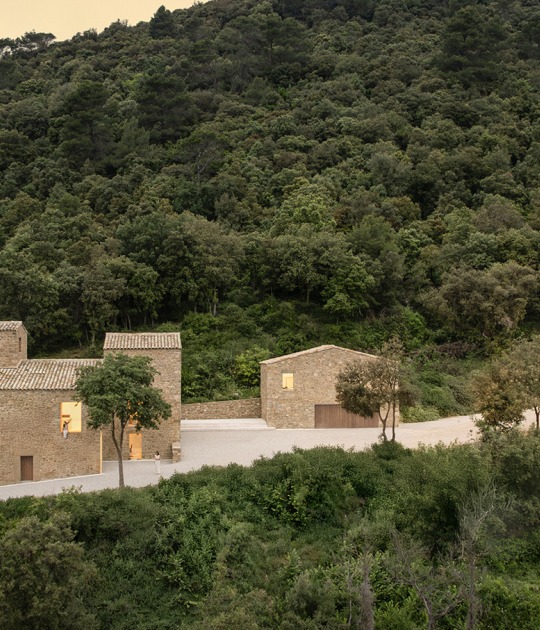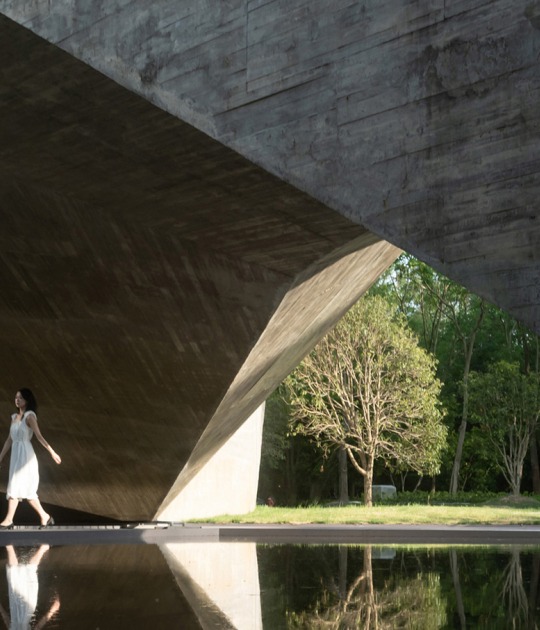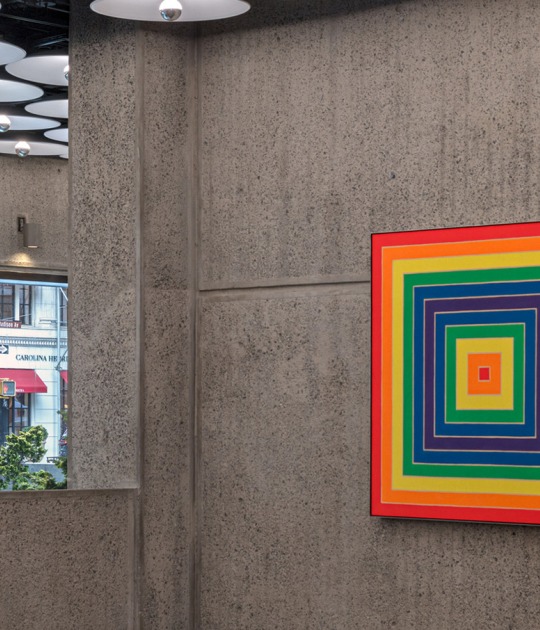It is part of a housing situated in an old courtyard house in Toledo with an atypical configuration- considering the courtyard is surrounded only on three sides.
The property dates back to the Baroque period and is in the characterized urban fabric, from the Historic Quarter of Toledo; the Medieval city, with narrow and streams streets, permit a little input of natural light inside the house.
The traditional courtyard house responds to an old model, essentially mediterranean, of Roman origin, that has been conserved through Medieval times and whose main characteristic is the existence of a central courtyard, around it which distributes the rooms of the house, like open cells. These ones, takes the light and the ventilation through the courtyard, due to the small size of the surrounding streets. In our case, this courtyard lacked the necessary holes to cover the desired lighting and ventilation requirements.
Description of project by its architects
The housing consisted in two different parts: a floor of 70 square meters situated on the second floor, very compartmentalized and barely lighting; and a small storage room located just below. Both spaces were united through a private outdoor steps. The windows were limited and small and the original walls, with and half foot thick, are made of poor masonry on structural wood frame. The cover was hidden behind a false ceiling hurdle.
The project looks for two objectives fundamentally:
On one way, gets as much floor space permitted (within the strict urbanist planning in Toledo Toledo and adjust to the budget) and, secondly, introduce as much natural light as possible.
The first is achieved by incorporating the old space for storage, situated on the first floor, and also the access stairs to the housing. Furthermore, they add the lower-deck space (removing the cover completely, restoring and building it back 1 meter higher, according the project).
Second, considering the hollow facade can not be changed according to current regulations, is achieved through a new interior terrace, realized on the cover plan, which is accessed through a large window on the north orientation.
All the interior distribution of the house (two bedrooms, two bathrooms, kitchen and study) turns around the living room that organizes the circulations with different ambits; also, this is an space that provides natural light throughout the house through the new window, on which the light from the terrace filtered; getting the characteristic blue sky of the center of Spain in all interior spaces of the house.
CREDITS.
Architects.- Sara Romero and Mariano Vallejo.
Colaborators.- Milagros Piñuela, arquitecto.
Surface.- 100 m².
Date.- 2010.
Promoter.- Private.
State.- Finished.
